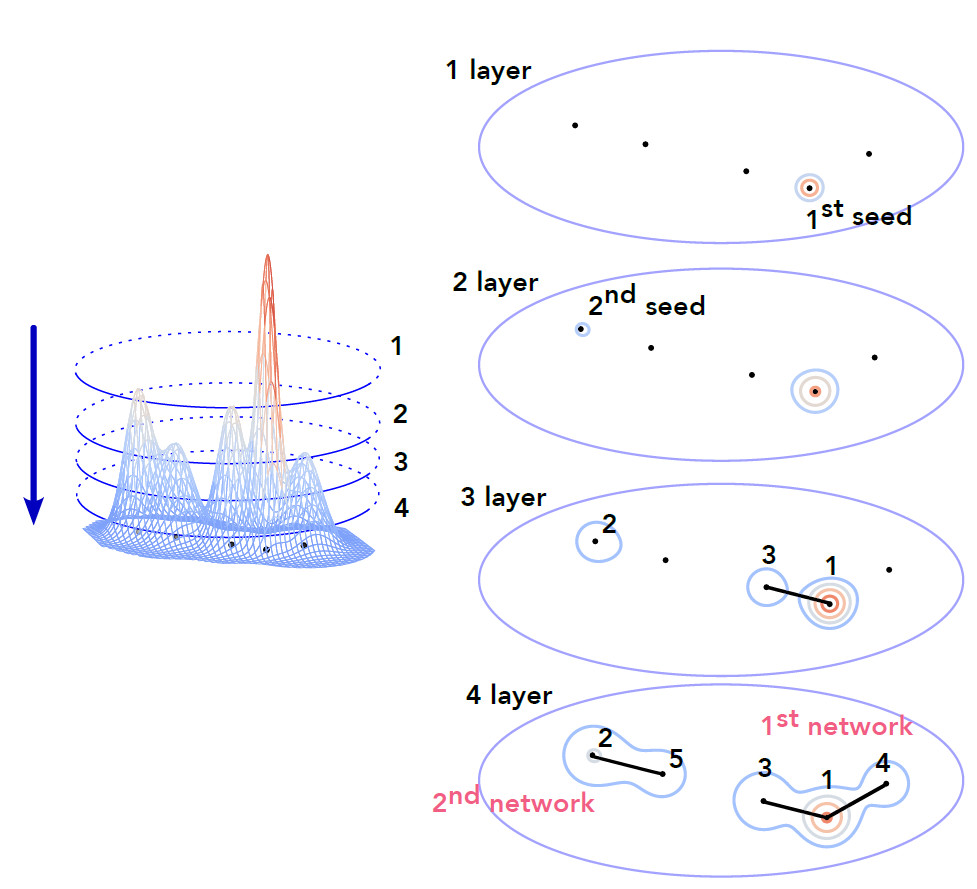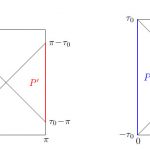Young Ju 1,2, Inkyu Park 1,2,⋆, Cristiano G. Sabiu 1,2, and Sungwook E. Hong 3,4
1Department of Physics, University of Seoul, Seoul 02504, Republic of Korea
2Natural Science Research Institute, University of Seoul, Seoul 02504, Republic of Korea
3Korea Astronomy and Space Science Institute, Daejeon 34055, Republic of Korea
4Astronomy Campus, University of Science and Technology, Daejeon 34055, Republic of Korea
⋆Corresponding Author: I. Park, icpark@uos.ac.kr
Received June 8, 2024; Accepted December 17, 2024; Published January 3, 2025
Abstract
We introduce a new clustering algorithm, MulGuisin (MGS), that can identify distinct galaxy over-densities using topological
information from the galaxy distribution. This algorithm was first introduced in an LHC experiment as a Jet Finder software,
which looks for particles that clump together in close proximity. The algorithm preferentially considers particles with high
energies and merges them only when they are closer than a certain distance to create a jet. MGS shares some similarities with
the minimum spanning tree (MST) since it provides both clustering and network-based topology information. Also, similar to
the density-based spatial clustering of applications with noise (DBSCAN), MGS uses the ranking or the local density of each
particle to construct clustering. In this paper, we compare the performances of clustering algorithms using controlled data and
some realistic simulation data as well as the SDSS observation data, and we demonstrate that our new algorithm finds networks
most correctly and defines galaxy networks in a way that most closely resembles human vision.
Keywords: large-scale structure of the Universe— methods: statistical


